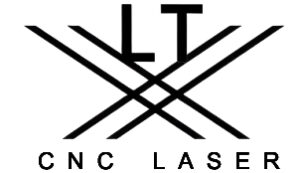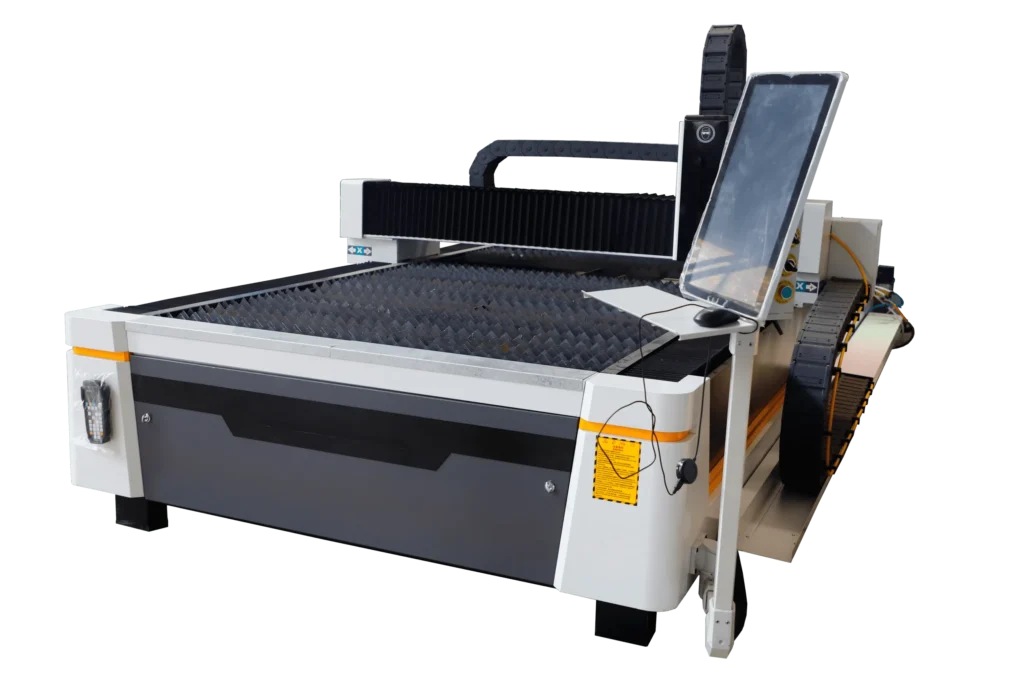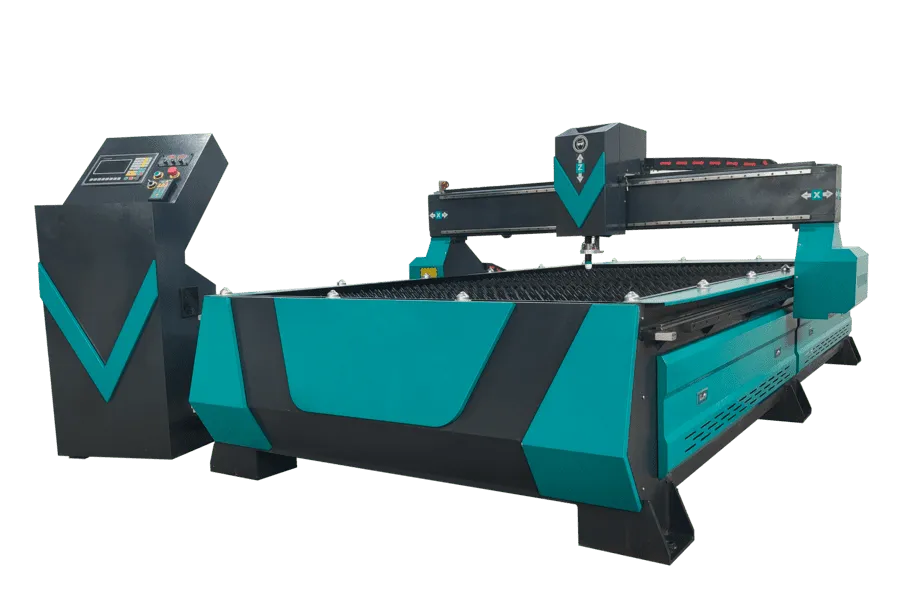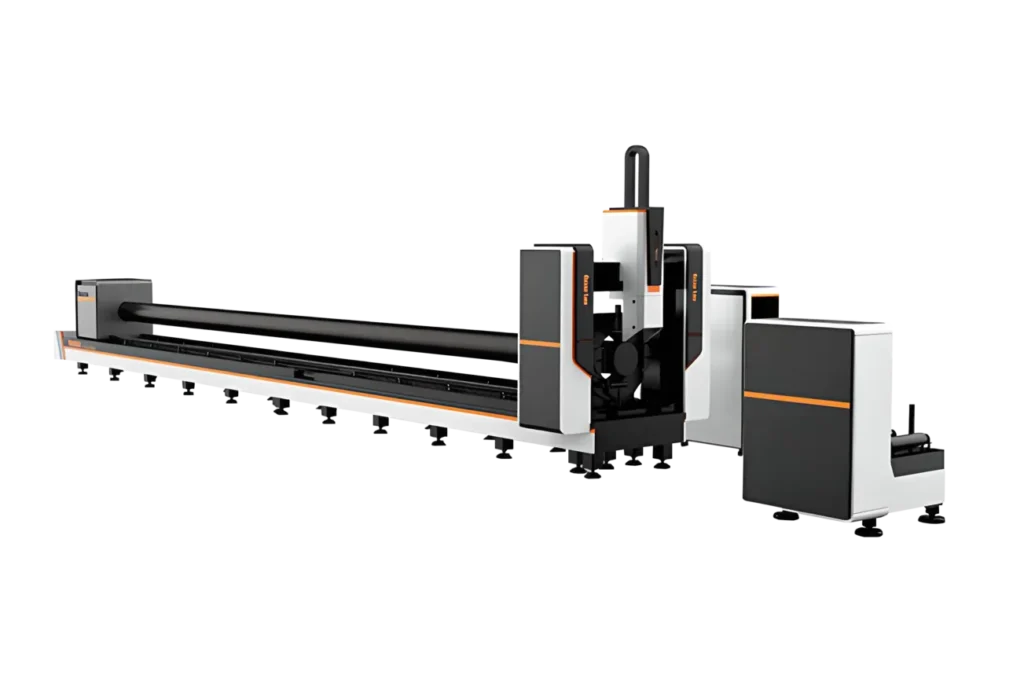When preparing to purchase a fiber laser cutting machine, the choice of power and assist gas directly affects cutting capability and operating costs. This article will help you choose the most economical and suitable solution by comparing the cutting effects, speed, thickness capabilities, and costs of different power levels and assist gases (nitrogen, air, oxygen).
Laser Power vs. Cutting Performance and Cost

Laser Power vs Cutting Performance and Cost
Higher fiber laser power typically means faster cutting speeds and the ability to cut thicker materials. A high-power laser beam can melt and vaporize metal in less time, improving production efficiency. For example, a 6kW laser cutting machine cuts thick metal significantly faster than a 3kW machine. Higher power also enhances the "one-pass penetration" capability for thick plates, eliminating the need for multiple cutting passes.
However, higher power comes with higher electricity consumption and operating costs. A 6kW fiber laser cutting machine consumes significantly more energy per hour than a 3kW machine, meaning increased operating costs such as electricity bills. Additionally, high-power equipment itself is more expensive, and its cooling system maintenance is more complex. Simply put: while pursuing faster cutting and thicker cutting capabilities, the additional cost of electrical energy must be considered. Enterprises should evaluate whether the productivity gains offset the procurement and electricity costs of high-power machines.
Comparison of Different Assist Gases: Functions and Costs
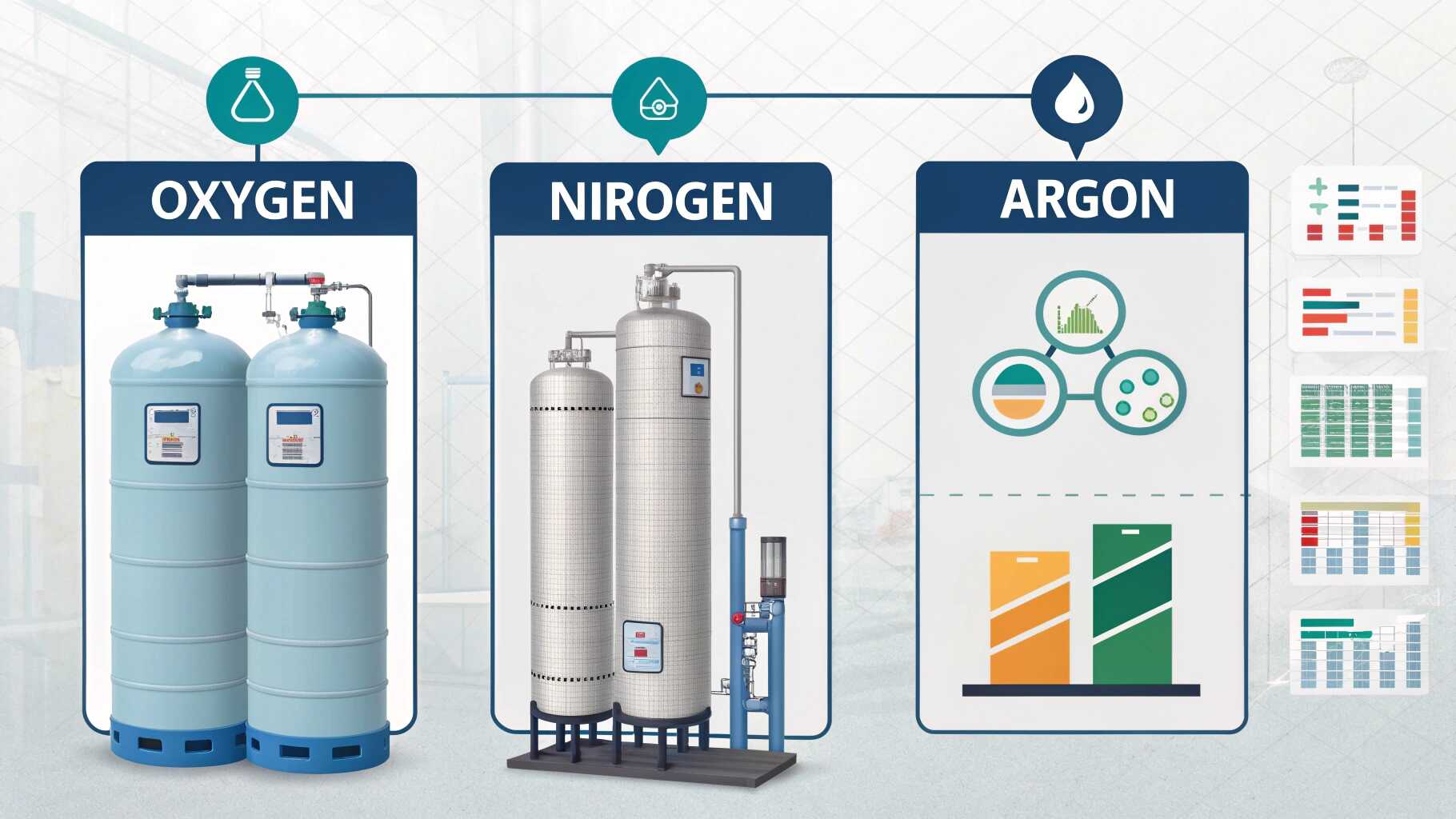
Comparison of Different Assist Gases: Functions and Costs
Assist gas plays a crucial role in the laser cutting process, with different gases suiting different materials. Commonly used assist gases include nitrogen, compressed air, and oxygen, each impacting cutting quality, efficiency, and thickness differently. Below, we compare their characteristics using nitrogen, air, and oxygen as examples:
- Nitrogen (N₂): As an inert gas, nitrogen does not react chemically with molten metal, preventing oxidation during cutting. Nitrogen cutting produces clean, silver-white, oxidation-free cuts with a bright surface that requires no post-cleaning and can proceed directly to processes like welding or painting.
- This makes nitrogen highly suitable for applications demanding high cutting quality, such as precision machining of thin stainless steel sheets. In thin sheet cutting, nitrogen's high-speed, high-pressure jetting rapidly blows away slag from the kerf, improving cutting speed and efficiency. However, nitrogen as an assist gas has the highest cost: nitrogen gas itself is expensive, and it requires high pressure and large flow rates (typically 22~30 bar pressure, consuming 40~60 cubic meters per hour or more) to be effective.
- Therefore, while nitrogen cutting offers good quality and high speed, it also has the highest operating cost.
- Compressed Air: Air contains approximately 21% oxygen. Using air as a laser cutting assist gas is almost cost-free, requiring only the electricity for an air compressor and eliminating the need to purchase industrial gases. 3. In terms of cutting efficiency for thin sheets, air cutting speed can approach that of nitrogen cutting, making it an economical and efficient choice. 4. However, the cut quality with air is relatively poor: due to the oxygen content in air, the cut surface develops some burrs and oxidation, necessitating secondary deburring or other post-processing. 5. This rough cut not only increases processing time but may also affect the quality of the final product. Therefore, while air cutting is low-cost, it is more suitable for applications where cutting quality is not critical and low cost is prioritized. In many factories emphasizing precision and quality, air cutting is abandoned due to severe surface oxidation.
- Oxygen (O₂): Oxygen is the most traditional and lowest-cost laser cutting assist gas, most widely used in carbon steel cutting. Using oxygen offers two significant advantages: Firstly, oxygen is cheap and requires lower flow rates (typically around 10 cubic meters per hour at low pressure of 2 bar), and is easily stored in high-pressure cylinders or liquid form. Secondly, oxygen is a reactive gas that undergoes a strong exothermic reaction with hot metal, providing additional energy to accelerate the cutting process for thick plates. Simply put, oxygen "supports combustion," melting the metal and effectively multiplying the power of the laser beam, enabling it to cut thicker materials. For this reason, oxygen is often the only feasible option for cutting medium-to-thick carbon steel plates (e.g., above 6mm).
The drawback of oxygen is that a black oxide layer forms on the cut surface, requiring grinding or chemical cleaning; if welded directly without cleaning, the oxide layer will affect weld quality. Additionally, for thin sheet cutting, oxygen cutting speed is relatively slow (requiring time for the reaction) and less efficient than nitrogen or air 6.
Carbon Steel Cutting: Analysis of Power + Gas Combination Effects

Carbon Steel Cutting: Analysis of Power + Gas Combination Effects
Different assist gases have varying impacts on the cutting effect, speed, and maximum thickness achievable on carbon steel. Taking carbon steel plate as an example, the performance differences of common combinations are summarized below:
- Cutting Capability/Effectiveness (Ease of penetration, completeness of cut): Oxygen > Air > Nitrogen. When oxygen assists in cutting carbon steel, the exothermic chemical reaction ensures the cutting process proceeds more fully, allowing even thick plates to be cut through smoothly. Air contains some oxygen, providing a certain combustion-supporting effect, but it is slightly inferior to pure oxygen. Nitrogen does not react at all, relying solely on the laser energy itself, making it less capable of penetrating thick plates effectively.
- Cutting Speed: Nitrogen > Air > Oxygen. For medium-to-thin carbon steel, nitrogen's high-pressure jetting rapidly removes molten metal without the delay of a chemical reaction, allowing the laser head to move at high speeds, resulting in the fastest cutting speed 6. Air cutting speed is next, close to nitrogen (efficiency for thin sheets can be comparable 3). Oxygen cutting requires sufficient time for the metal-oxygen reaction to release heat, resulting in a relatively slower feed rate per unit time, especially disadvantageous for thin sheet processing 6. It's important to note that for extremely thick carbon steel plates, although oxygen accelerates melting by supporting combustion, the travel speed must still be reduced to ensure complete penetration. This makes oxygen cutting appear slow for thick plates, but this is primarily due to the thickness factor.
- Maximum Cutting Thickness: Oxygen > Air > Nitrogen. Oxygen-assisted cutting offers the highest thickness ceiling because the exothermic reaction essentially increases the effective cutting energy, allowing thicker plates to be cut at lower laser powers. Compressed air cutting has a moderate thickness capability: the oxygen-containing air provides some assistance for thick plates but is not as effective as pure oxygen. Typically, the thickness air can cut at medium power is limited (beyond a certain thickness, switching to oxygen is often necessary) 6. Nitrogen, lacking a combustion-supporting effect, limits its thick-plate cutting capability—for a given power level, the maximum thickness achievable is often lower than with oxygen. Therefore, nitrogen is often infeasible or highly inefficient for cutting very thick carbon steel, while oxygen is the preferred choice 6.
(The above comparisons mainly target carbon steel materials; gas selection will differ for other materials. For example, stainless steel and aluminum are usually suitable for nitrogen or air to avoid oxidation affecting surface quality.)
User Selection Advice: Power and Gas Combination Strategies

User Selection Advice: Power and Gas Combination Strategies
Based on the above analysis, we can provide the following selection suggestions for users with different needs:
- Thickness Priority, Limited Budget: If your primary need is to cut thicker plates but your budget doesn't allow for ultra-high-power equipment, consider a medium-low power laser (approx. 1.5kW ~ 6kW) paired with oxygen assist cutting. Due to oxygen's combustion-supporting effect, medium-thick plates can be cut with relatively lower power. This combination has lower costs: lower equipment procurement cost, less electricity consumption, and cheap oxygen gas 4. Note that this combination is slower for thin sheet processing and produces oxidized cuts requiring extra cleaning, but overall it is very suitable for users prioritizing thickness requirements and cost-effectiveness.
- Speed & Efficiency Priority, Pursuing High Output: If you value cutting speed and production efficiency more, aiming to complete more work per unit time, it's recommended to choose a medium-high power laser (approx. 6kW ~ 20kW) paired with nitrogen or air assist cutting. A high-power laser ensures sufficient energy remains available during high-speed cutting, while nitrogen and air as assist gases can provide optimal cutting speeds within the thin sheet thickness range 6. Among these, nitrogen is suitable for production demanding high cut surface quality (e.g., rapid prototyping of stainless steel parts), where the cut part can proceed directly to the next process without grinding 1. Air is suitable for situations pursuing low gas costs while maintaining reasonable efficiency; using air for parts with general precision requirements can significantly reduce gas expenses 3. For mass production factories, the medium-high power + nitrogen/air combination achieves a balance between high cutting speed and lower per-part cost.
Please select the appropriate power and gas combination based on the thickness range and quality requirements of your primary processing materials. High-quality thin sheet processing favors "High Power + Nitrogen," thick plate processing favors "Adequate Power + Oxygen," and scenarios with general quality requirements focusing on cost can consider economical options like "Medium Power + Air." By making a reasonable selection, you can avoid wasting money on "high-horsepower" equipment that isn't fully utilized and also prevent excessively high operating costs due to choosing the wrong gas.
Conclusion
In Fiber laser cutting solutions, the combination of power and assist gas determines cutting thickness capability, efficiency, and operating costs. While high power enhances performance, costs must be weighed against actual needs; the choice of assist gas requires comprehensive consideration of material type, cutting quality, and gas expenses. We hope this report's comparative analysis helps you identify the most cost-effective solution that best fits your requirements.
Welcome to leave a message or send an inquiry to us at Light CNC Laser. We will provide the most suitable Fiber laser cutting solution based on your actual application needs!
References:
1 3 4 6 7 Effect of Three Assist Gases on Laser Cutting Process of Carbon Steel_Processing
https://www.sohu.com/a/469585259_120128252
2 5 Oxygen or Nitrogen Gas for Laser Cutting in 6 points! | Metal Interface
https://www.metal-interface.com/articles-news/t/technical-report-laser-cutting/oxygen-or-nitrogen-gas-laser-cutting-6-points
